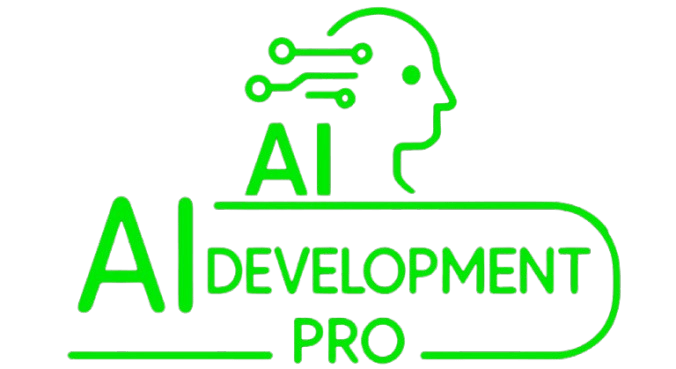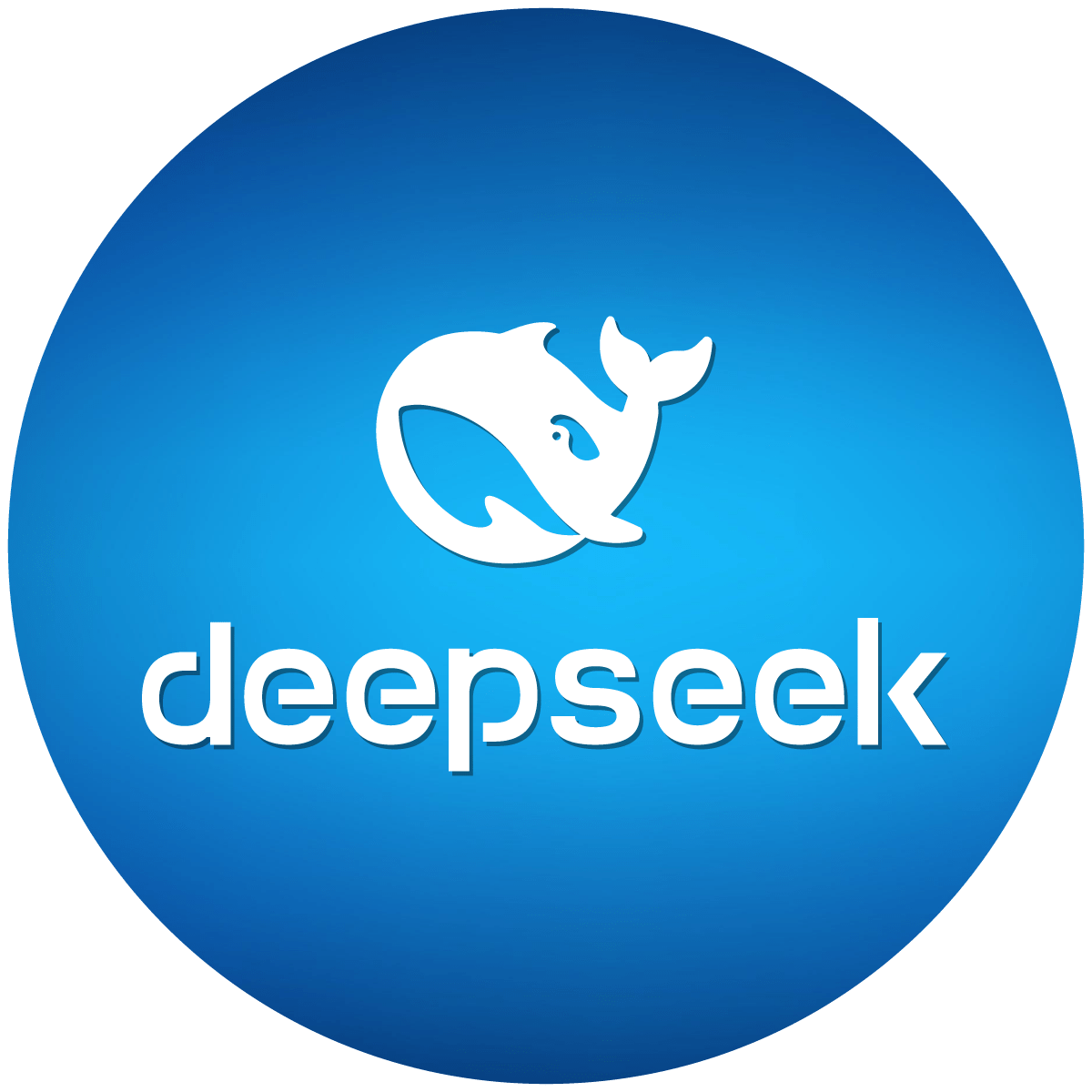

Unleashing Creativity with No-Code AI Software Building: A Comprehensive Guide
In the rapidly evolving tech landscape, a quiet revolution is taking place: the rise of no-code AI software building. This trend is democratizing innovation, allowing individuals with zero programming experience to develop sophisticated AI solutions. But what exactly is no-code AI, and why is it changing the way we think about software development? Let's dive into the fascinating world of no-code AI software building.
### What is No-Code AI?
No-code AI platforms enable users to create applications driven by artificial intelligence without writing a single line of code. These platforms provide intuitive, visual interfaces where users can drag and drop elements, automate workflows, and integrate AI functionalities seamlessly. The core philosophy behind no-code AI is accessibility—empowering everyone to participate in creating digital solutions, regardless of their technical background.
### The Rise of No-Code Platforms: Opening Doors for Everyone
Historically, developing AI applications required extensive programming skills and deep knowledge of machine learning algorithms. No-code platforms are bridging this gap by providing the following:
1. User-Friendly Interfaces: These platforms feature intuitive dashboards and drag-and-drop tools, eliminating the need for coding expertise. Users can design, test, and deploy applications through simple visual workflows.
2. Pre-Built AI Modules: No-code AI platforms offer pre-trained models for various tasks, such as image recognition, natural language processing, and data analysis. Users can customize these models to suit their specific requirements.
3. Integration Capabilities: Many platforms support seamless integration with popular tools and databases, enhancing functionality and interoperability.
4. Scalability and Flexibility: Users can scale their applications easily, updating functionalities as their business or project grows.
### Why No-Code AI Software is a Game Changer
The impact of no-code AI platforms extends beyond ease of use. Here’s why they're revolutionizing software development:
- Empowerment for Non-Developers: With no-code AI tools, anyone—from marketers to entrepreneurs—can bring their ideas to life. This empowerment fuels innovation across various sectors, fostering a culture where creativity is not limited by technical skills.
- Faster Time-to-Market: By removing coding as a barrier, no-code platforms expedite the development cycle. Businesses can rapidly prototype, iterate, and launch AI applications, gaining a competitive edge in fast-paced markets.
- Cost-Effectiveness: Developing software traditionally is costly, often requiring teams of developers. No-code solutions reduce these costs significantly, making advanced technology accessible to startups and small businesses.
- Focus on Problem-Solving: No-code platforms allow users to focus on problem-solving and creativity rather than getting bogged down by technical details. This shift encourages solutions that are more user-centric and innovative.
### Popular No-Code AI Tools and Platforms
Several platforms lead the charge in making AI development accessible:
- Bubble: Known for web app creation, Bubble integrates AI functionalities with its robust visual programming interface.
- Zapier: While primarily a workflow automation tool, Zapier integrates AI modules that enable users to create intelligent automation without coding.
- Airtable: Combining the simplicity of a spreadsheet with database functionality, Airtable now includes AI-driven features through integrations.
- Google AutoML: A suite of tools by Google, AutoML enables users to train custom machine learning models with no prior experience in deep coding.
### Real-World Applications
The applications of no-code AI are as diverse as they are inspiring:
- Healthcare: Medical professionals use no-code AI to develop applications for patient monitoring and predictive analytics, improving patient outcomes.
- Retail: Brands are employing AI-driven chatbots and recommendation engines created through no-code platforms to enhance customer interaction and service.
- Finance: Financial institutions are automating routine processes with AI models, streamlining operations and fraud detection systems without heft development cycles.
### Challenges and Considerations
While the potential of no-code AI is immense, it's important to acknowledge certain challenges:
- Limitations in Complexity: No-code platforms, while powerful, may struggle with highly complex custom solutions that require bespoke algorithms.
- Sensitivity to Data Privacy: As AI applications process considerable amounts of data, ensuring compliance with data privacy regulations is paramount.
- Skill Transition: As more people enter AI development without traditional coding skills, bridging the gap between visual development and understanding AI fundamentals is essential for future innovation.
### The Future of No-Code AI
As no-code AI continues to evolve, we can expect more sophisticated platforms that cater to increasingly complex use cases. The fusion of AI with no-code development fosters a more inclusive digital ecosystem, where diverse voices contribute to technology’s advancement.
In conclusion, no-code AI software building is reshaping the tech landscape. It blurs the lines between coders and non-coders, making AI development a collaborative, creative process open to all. By unleashing untapped potential across disciplines, no-code AI is poised to drive the next wave of innovation, one without barriers and full of possibilities. The future is truly in everyone's hands.
Support our work by sharing on multiple social platforms. Join our community







